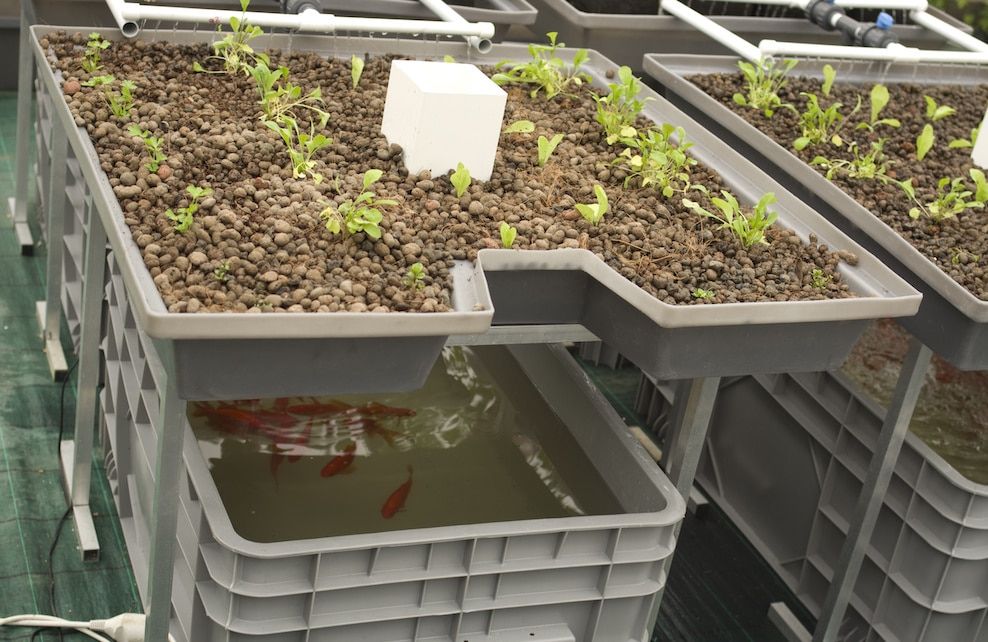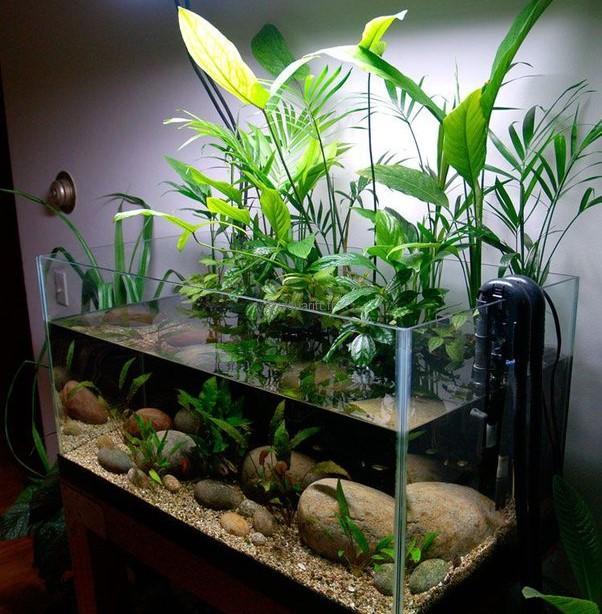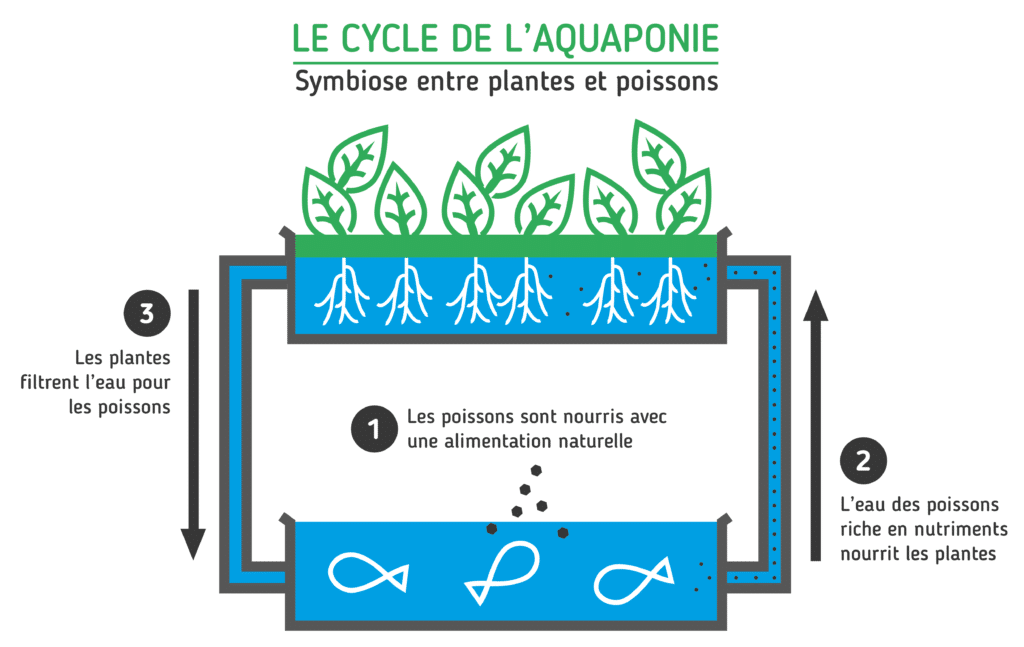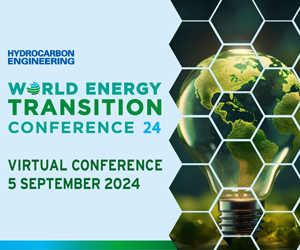Aquaponics radically revolutionizes our approach to agriculture by combining two disciplines: aquaculture and hydroponics. By merging these practices, aquaponics creates a sustainable ecosystem where fish and plants thrive together. This innovative mechanism significantly reduces our water consumption while producing nutrient-rich food. As environmental and food challenges become increasingly pressing, aquaponics positions itself as a viable solution for local and sustainable cultivation, offering an alternative to traditional agricultural methods.
The drawbacks of conventional agriculture are well known. The excessive use of chemical inputs and the depletion of natural resources are major concerns. Aquaponics offers a different path by promoting a circular economy where each element serves a specific purpose. Many aquaponic systems have already proven their effectiveness in various regions of the world. The ability to grow food at a lower cost while preserving the environment makes aquaponics a promising approach for the future of food.
Table of Contents
ToggleAquaponics: between innovation and sustainability
The synergy between aquaculture and hydroponics creates a food chain that is both efficient and environmentally friendly. One of the main attractions of aquaponics lies in its ability to significantly reduce water usage. Studies show that it uses up to 90% less water than traditional agriculture. This water savings is due to the closed loop of the system, where water is continuously recycled and purified.
The process begins with fish that, as they grow, produce nitrogen-rich waste. This nitrogen is naturally converted by bacteria into essential nutrients for plants. The plants, by absorbing these nutrients, help purify the water before it returns to the fish tank. This virtuous cycle not only allows vegetables to be grown in symbiosis with fish but also creates a self-sufficient environment. The fish can include species like tilapia or trout, which are perfect for this type of system.

Ecological and food objectives
In the current context where sustainability is essential, aquaponics stands out as an innovative and viable solution. It addresses complex issues, from reducing the need for natural resources to improving local food security. In Europe, and particularly in France, urban farms are increasingly adopting this approach, transforming urban spaces into food production centers.
Impacts and benefits of aquaponics on our lives
Aquaponics goes well beyond environmental aspects and also touches on the socio-economic side. By creating local jobs in food production, it strengthens local economies and reduces dependence on costly imports. With a shorter supply chain, it is possible to offer fresher and more nutritious food to consumers.
By raising fish and growing plants simultaneously, aquaponics offers a healthy diet. It combines protein production, via fish, with micronutrient production, via vegetables. This system enriches not only our diet but also helps diversify food options at a lower cost. Purified waters from the plants, enriched by the fish, constitute not only a productive method but also a true social innovation.

Integration into urban spaces
With increasing urbanization, aquaponic systems prove to be a valuable solution for integrating agriculture into cities. Whether on rooftops or in warehouses, these systems are adaptable to various urban environments. They thus allow for the revitalization of previously unused or declining areas.
Challenges and innovative solutions in aquaponics
Despite its many advantages, aquaponics also presents challenges. One of the main obstacles is related to initial costs and technical requirements. Effective implementation requires in-depth knowledge to maintain the balance between fish and plants. But with technological advances and adequate training, these challenges can be overcome.
Aquaponic systems require continuous monitoring to ensure the health of the fish and plants. Innovations such as automation and smart sensors help simplify management while improving efficiency. Many innovative solutions are emerging to make these systems more accessible and cost-effective.
The evolution towards integrated systems
Research institutions and companies are investing heavily in the development of integrated approaches that combine modern technologies and principles of sustainable agriculture. A well-designed system will offer better resilience to climate challenges while maximizing yields. The versatility of aquaponics allows its adaptation in different geographical and climatic conditions.
The future of aquaponics and its impact on society
The growing interest in aquaponics continues to stimulate innovation in the agricultural sector. Aquaponics brands are emerging with innovative products and services aimed at expanding the reach of this method. Aquaponic restaurants, for instance, are starting to bloom, offering menus directly sourced from local farms.
With the evolution of perceptions on sustainability and health, it becomes essential to rethink our relationship with agriculture. The benefits of aquaculture combined with those of aquaponics enhance our ability to meet modern food demands. These systems could redefine the way we eat while preserving our natural environment.

A look towards the future
Urban farms integrating aquaponic systems on a large scale would be a significant response to global food security issues. Collaboration between experts and passionate amateurs facilitates the expansion of aquaponic practices. These partnerships encourage not only innovation but also education on responsible and sustainable agricultural models.









